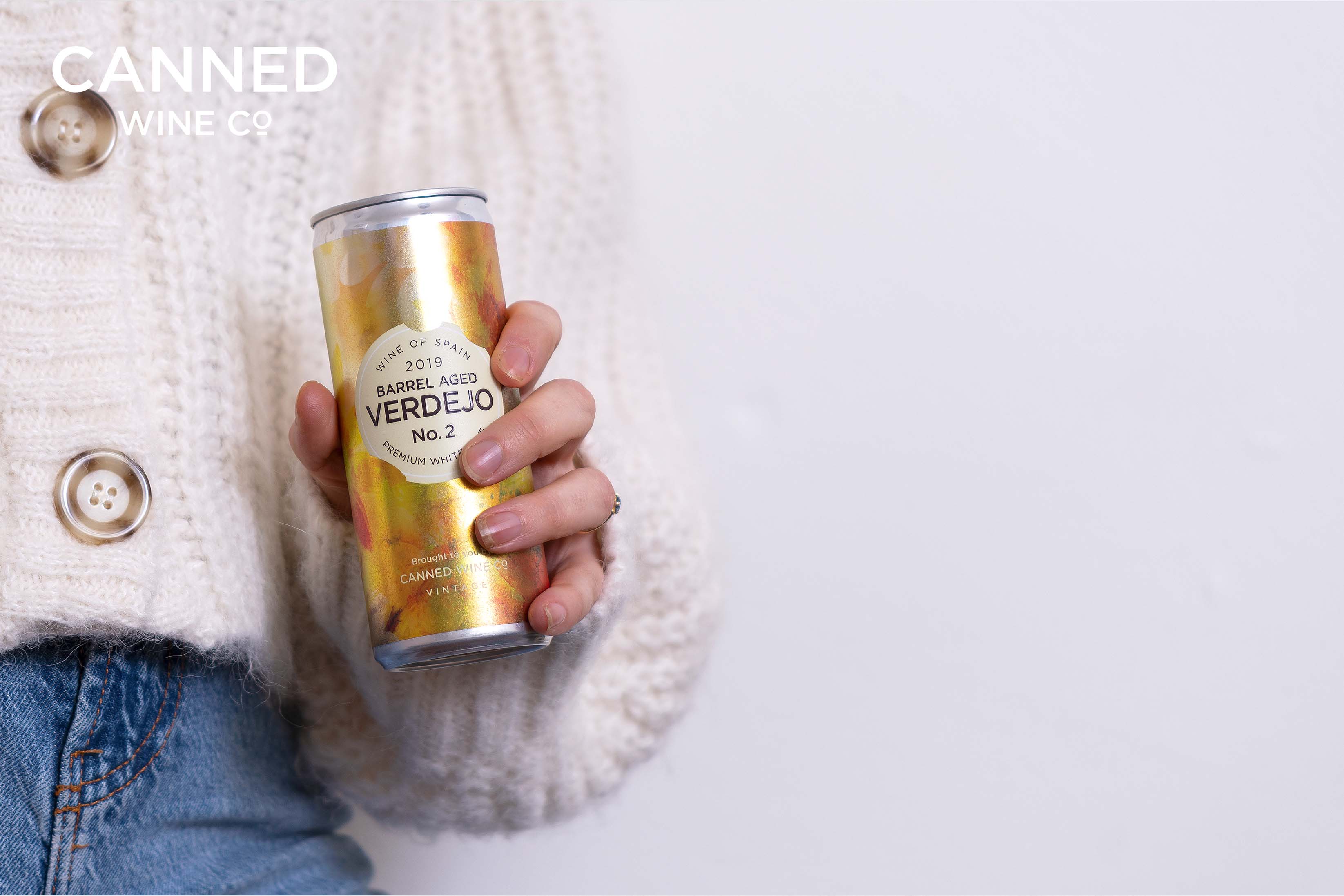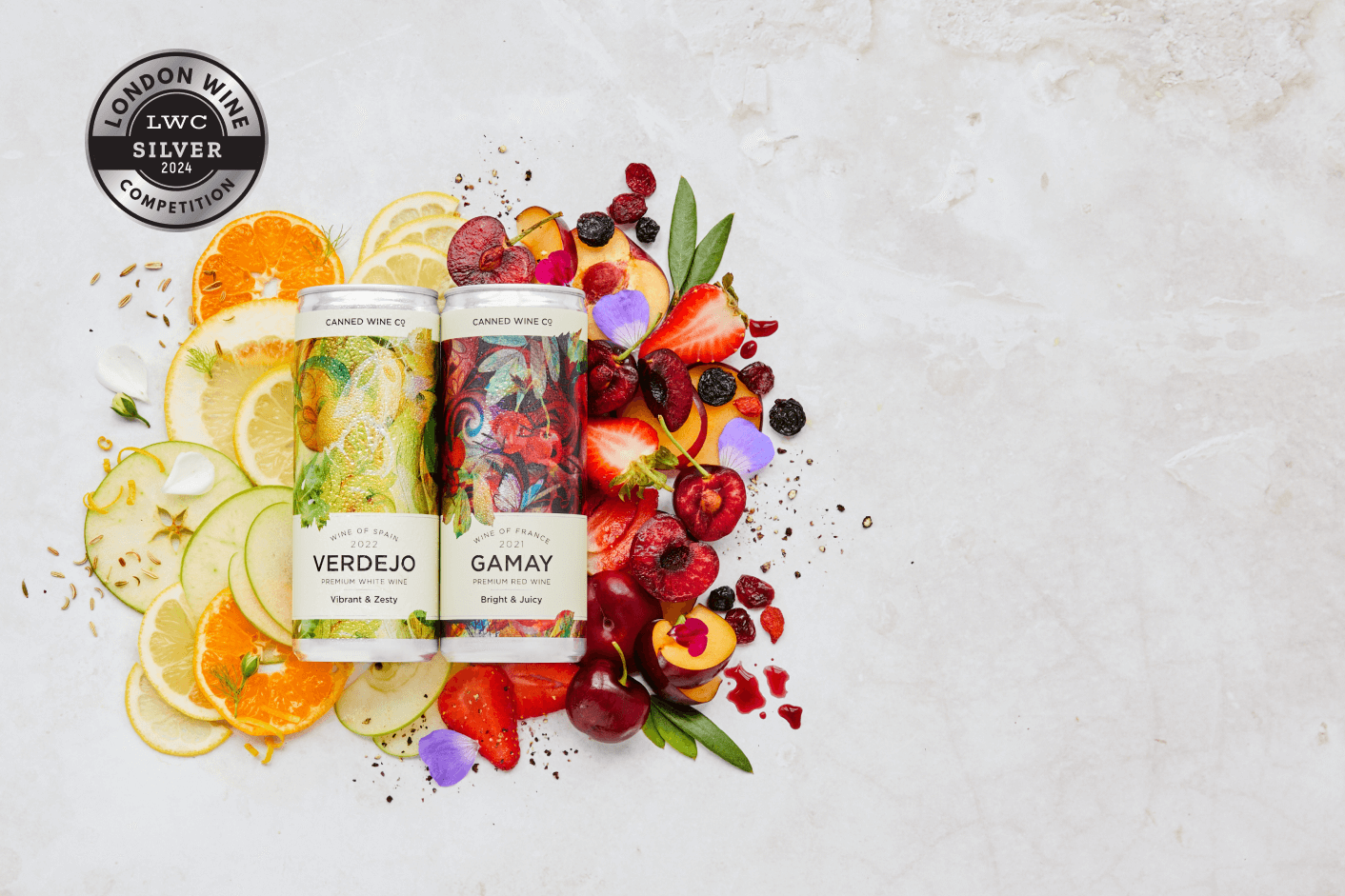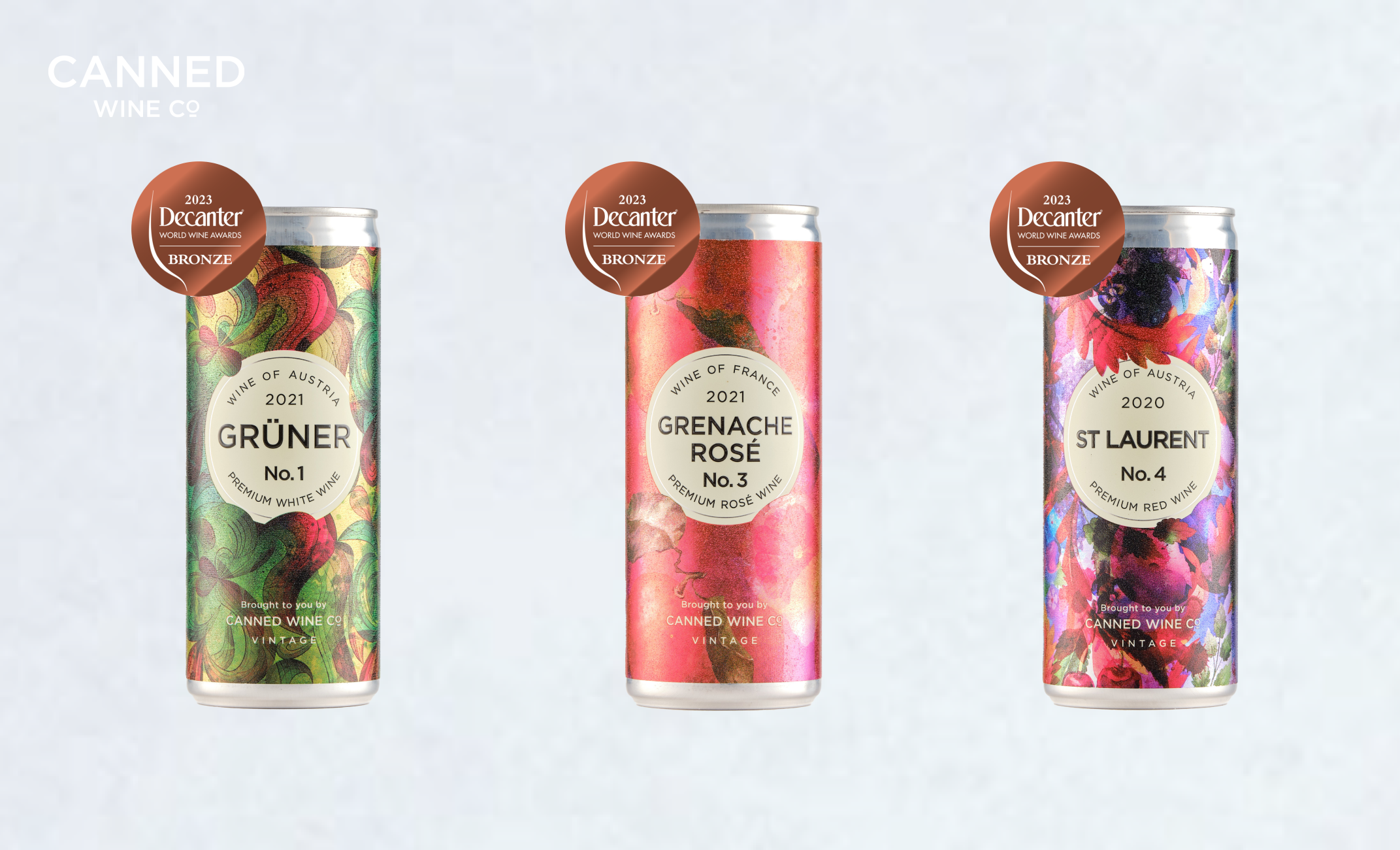St Laurent is one of our favourite grape varieties. Always characterful, it remains a hidden secret to most. Now we bring you one of the finest examples in our cans, but how much do you know about St Laurent? Discover more about this bright style of red wine.
St Laurent takes its name from the day it is said to ripen: 10 August, known as St Laurentius Day. Historically mistaken as part of the Pinot Noir family because visually the two are hard to distinguish, Jancis Robinson writes that St Laurent is likely a cross of Pinot and Savagnin, making “dark and assertive” wines. Walter Glatzer, the talented winemaker behind our St Laurent, broadly agrees: “St Laurent, we think, is a mutation from the Pinot Noir grape. The mother grape is Pinot Noir, and the father grape is unknown.”

St Laurent in Austria - and beyond
Despite the mystery of St Laurent’s origin story, the grape has been growing in the Niederösterreich region of north-east Austria for years. Home to 50% of all Austrian wines, Niederösterreich is perhaps more famous for its Riesling and Gruner Veltliner wines, but in the sub-region of Carnuntum, south of Vienna, you’ll find a treasure trove of reds. St Laurent’s early flowering means the biggest challenge it faces is Spring frosts, and a warmer climate like Carnuntum help offset some of this pressure.
When it’s handled well, St Laurent is a pure and intensely characterful variety with lightly-integrated, rustic tannins. Similar to Pinot Noir in its easy-drinking and versatile nature, it is darker than its parent with more black fruits flavours. Occasionally, the grape has been made into sparkling, rosé and sweet wines but it is mostly best in its traditional red style.
Producers in Austria, Germany and the Czech Republic are leading a St Laurent renaissance in Europe and the world is paying attention. St Laurent plantings are popping up all over the New World with some of the best examples outside of Europe in Canada and New Zealand.
From vine to can: Walter Glatzer’s St Laurent

Our Austrian St Laurent is made by Walter Glatzer at his family estate in Carnuntum. Focused on quality above all, his wines standout in any line-up of Austrian wines and we would recommend anyone to visit and taste if you’re venturing to Vienna.
Carnuntum’s vine growing history begins with the ancient Romans. Their love of wine and appreciation for the rolling hills and south-facing aspect meant planting vineyards was an inevitable venture. Today, Glatzer implements organic and low intervention mechanisation, relying on the same land to give his grapes complexity and a true expression of terroir. His sustainable-focused viticulture is an ethos shared by us, so his wines are a natural fit beyond their quality and worldwide acclaim.
You’ll like St Laurent if you like…
St Laurent pours deep and dark. It has an inky pigmentation that alludes to a full bodied red wine, but actually you’ll find freshness instead. Mimicking the body of Pinot Noir - medium bodied with fresh acidity - you’ll discover layers of wild berries, juicy mulberries, plums and tangy cherries. Glatzer gently oak matures his St Laurent so you’ll notice hints of cocoa nibs and peppercorn spice. Tannins are light and rustic, adding structure and length to the finish.
It manages to toe the line between the interesting and the crowd-pleasing. You’ll notice other grapes do similar things, so if you find yourself drinking Gamay (Beaujolais, for example), New World Pinot Noir or German Spatburgunder, or wines like Valpolicella, you’re going to love St Laurent wines.
St Laurent for any occasion
Enjoy the canned St Laurent lightly chilled on its own, or let it warm up to room temp if you prefer a fruitier style. It drinks very well as it is, so perfect to take on a hike or day out, but if you fancy a glass with food, then have a try of these food pairings.

Pairing with meat
St Laurent’s tannins and intensity makes it a delicious pairing with roast duck, lamb chops, sticky glaze BBQ pork ribs, Swedish meatballs or herby roast chicken.
Pairing with fish
Yes, you can have red wine with fish! Opt for oilier, richer fish like roast salmon or tuna steak in lemon and tomato sauce.
Pairing with vegetarian friendly food
St Laurent loves mushrooms and blue cheese, so a pitch-perfect pairing is Portobello mushrooms stuffed with stilton and grilled. It also works with pizza, especially with plenty of Mozzarella cheese. For winter comforts, opt for Spanish stews.
St Laurent with cheese
St Laurent is a very versatile cheese wine, thanks to its acidity, but extra special pairings would be Comte, Tomme de Savoie, mature Cheddar, or a fruity-cheese for a curveball match.








1 comment
Tyler Kohfeld
Hello! Love the article and it’s always great to hear from people who appreciate St. Laurent. You mention other assorted pockets of growers outside of Austria and the Czech Republic. We at Ricci Vineyards are (as far as we know) the sole producers of St. Laurent in America, at least on a commercial basis. Our 6 acres of St. Laurent is grown in Sonoma, CA in the Carneros AVA and our original budwood came from a vineyard in Germany over 20 years ago. In any case, thought we would share. Cheers! :)
Hello! Love the article and it’s always great to hear from people who appreciate St. Laurent. You mention other assorted pockets of growers outside of Austria and the Czech Republic. We at Ricci Vineyards are (as far as we know) the sole producers of St. Laurent in America, at least on a commercial basis. Our 6 acres of St. Laurent is grown in Sonoma, CA in the Carneros AVA and our original budwood came from a vineyard in Germany over 20 years ago. In any case, thought we would share. Cheers! :)